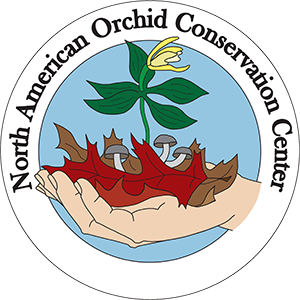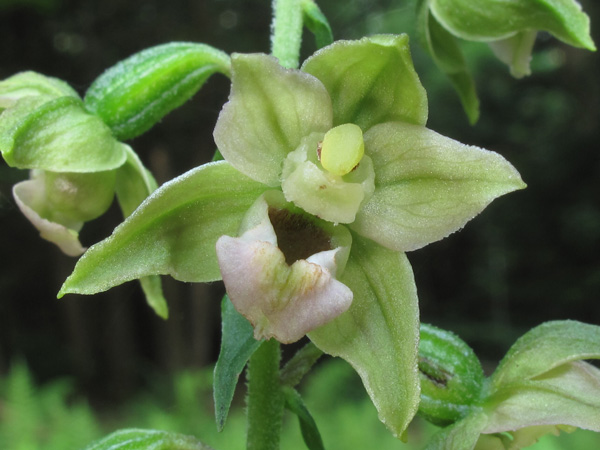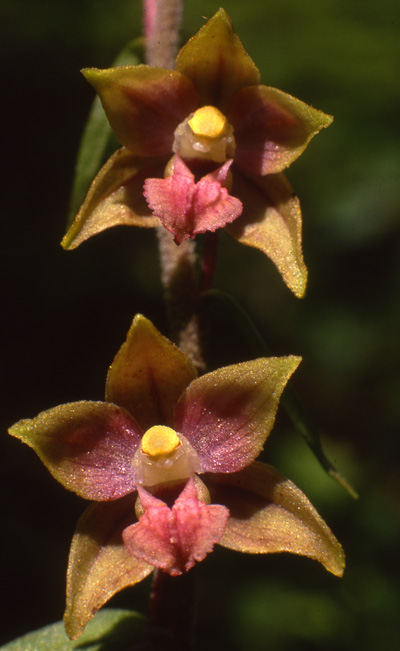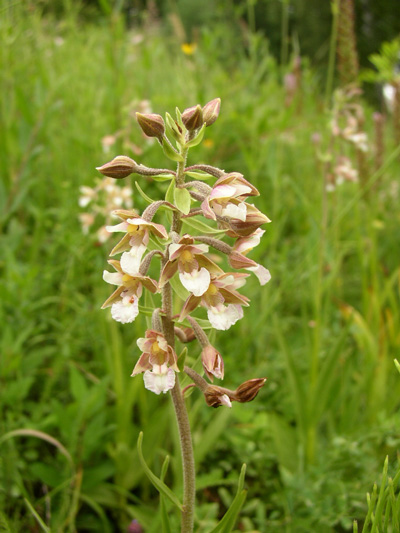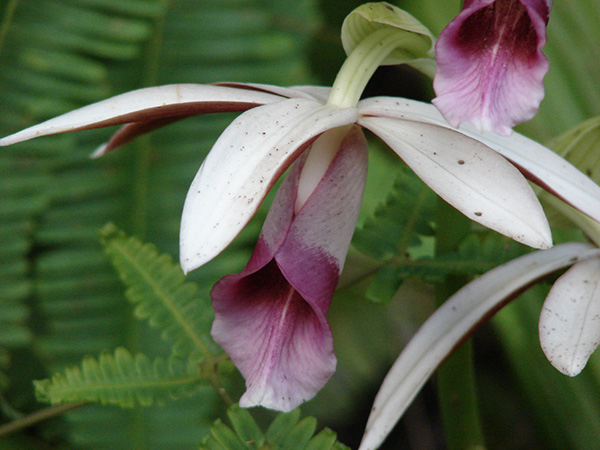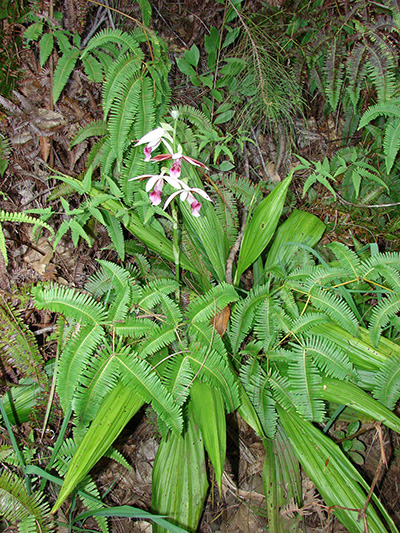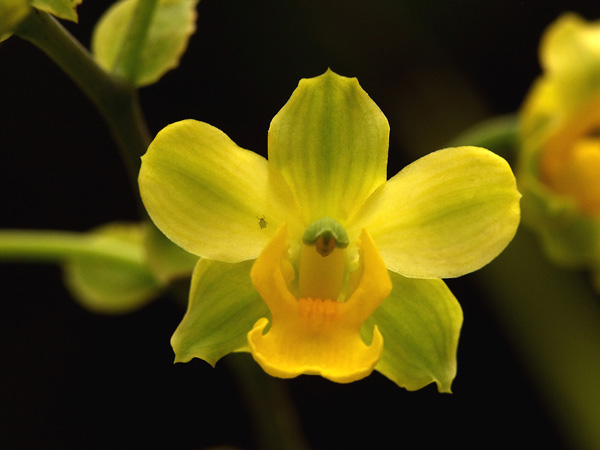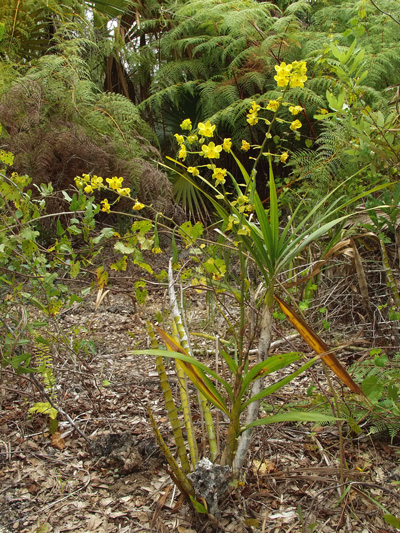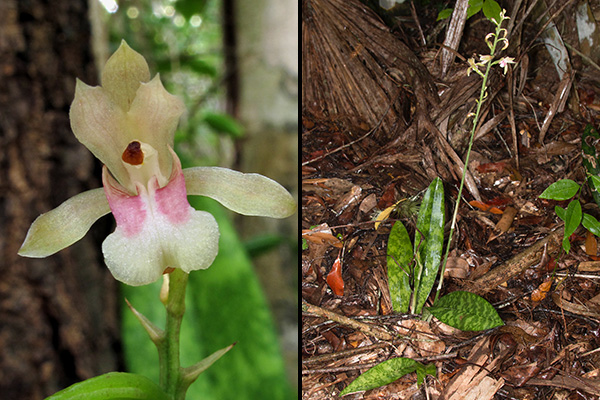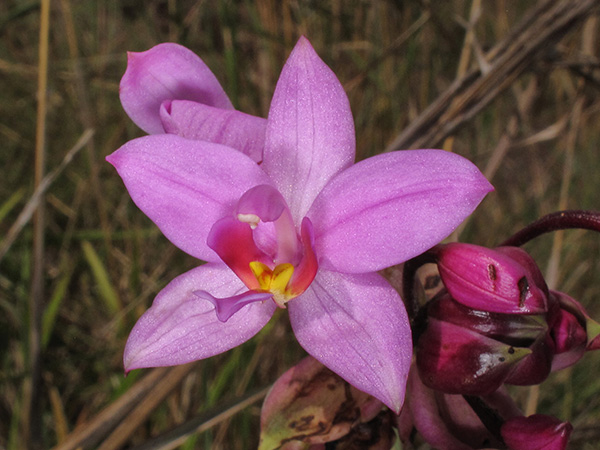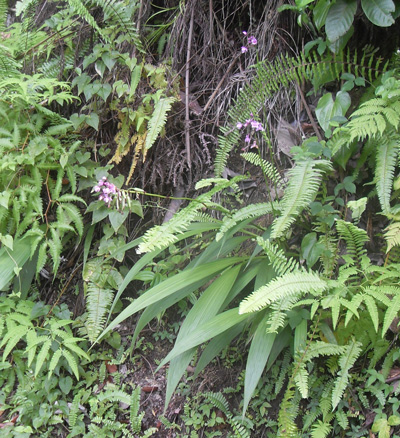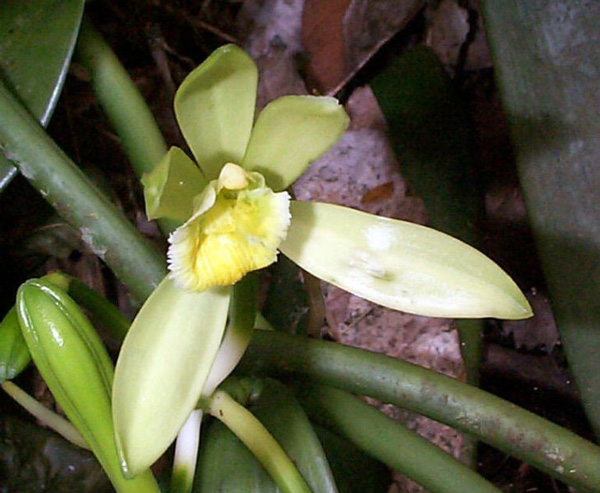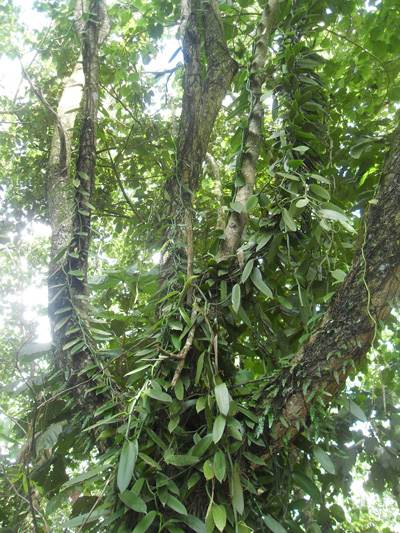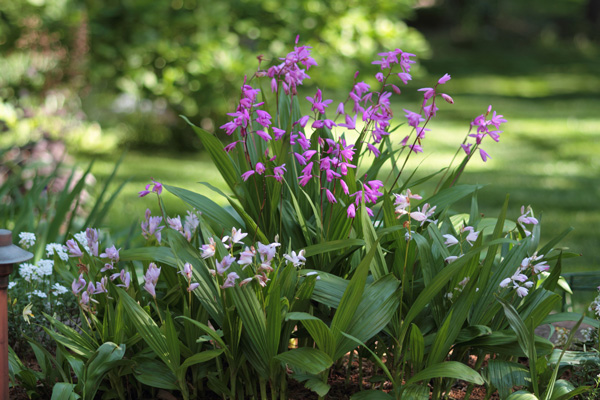WHAT IS A WEED?
Usually non-native, potentially invasive, weeds not only crowd our gardens but, more troubling, compete for space, water, sunlight and other resources in many of our natural areas. A plant's ability to naturalize, establish self-sustaining and spreading populations in a new environment, is often a good indicator of its potential as an invasive weed. Even plants considered threatened or endangered may spread uncontrollably outside their native habitat.
So how do dozens of orchids find themselves listed on the Global Compendium of Weeds? Orchids, after all have spectacular flowers and require specialized habitat, dedicated pollinators, restricted fungal partners and occupy a narrow geographic range. How can an orchid be a weed- essentially an unwanted plant? Scientists are now looking at characteristics of non-native orchids, such as their reproductive strategies, tolerance for disturbance and their ability to expand into new environments -- orchids are the focus of invasive species studies!
Where did these alien orchids come from? Did they slip across the border undetected? A few of these orchids may have done just that. The Lawn Orchid, Zeuxine strateumatica, probably arrived with grass seed imported from China for turf grass. This small orchid is often regarded as a nuisance and has widely naturalized throughout Florida and adjacent areas in the coastal southeast.
But many of the non-native orchids that have naturalized across North America, were originally cultivated in our gardens. Tropical areas, such as Florida and Hawaii, seem especially hospitable to these new comers. Hawaii has just 3 native orchids, including Liparis haiwaiensis, yet more than a dozen non-native orchids have already naturalized and that number is growing as commercial orchid farms spread across the islands.
The orchids that dominate the horticultural trade have spectacular flowers or interesting foliage. Often promoted as easy-to grow, they thrive in a range of conditions. We may grow them for their flowers but turn your back and those dust-like seeds “slip the chains of cultivation and make a successful run for freedom” (Jim Ackerman, University of Puerto Rico).
We hope this month’s gallery will help you identify those non-native orchids that have naturalized, understand a little bit of their ecology and recognize their potential impact on our native vegetation.
